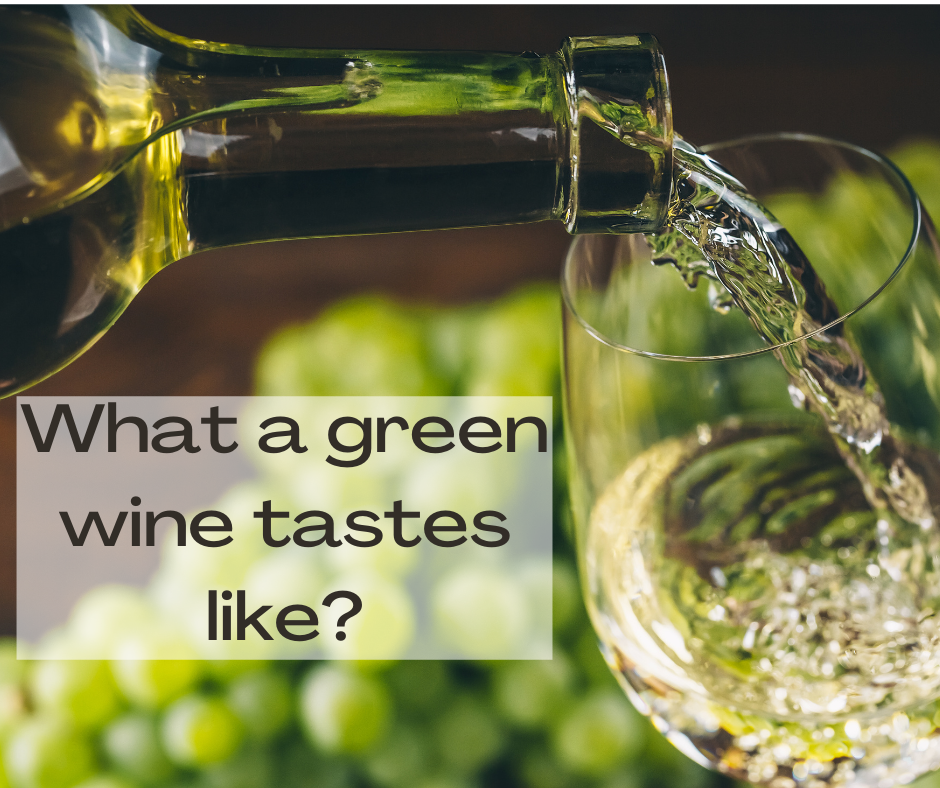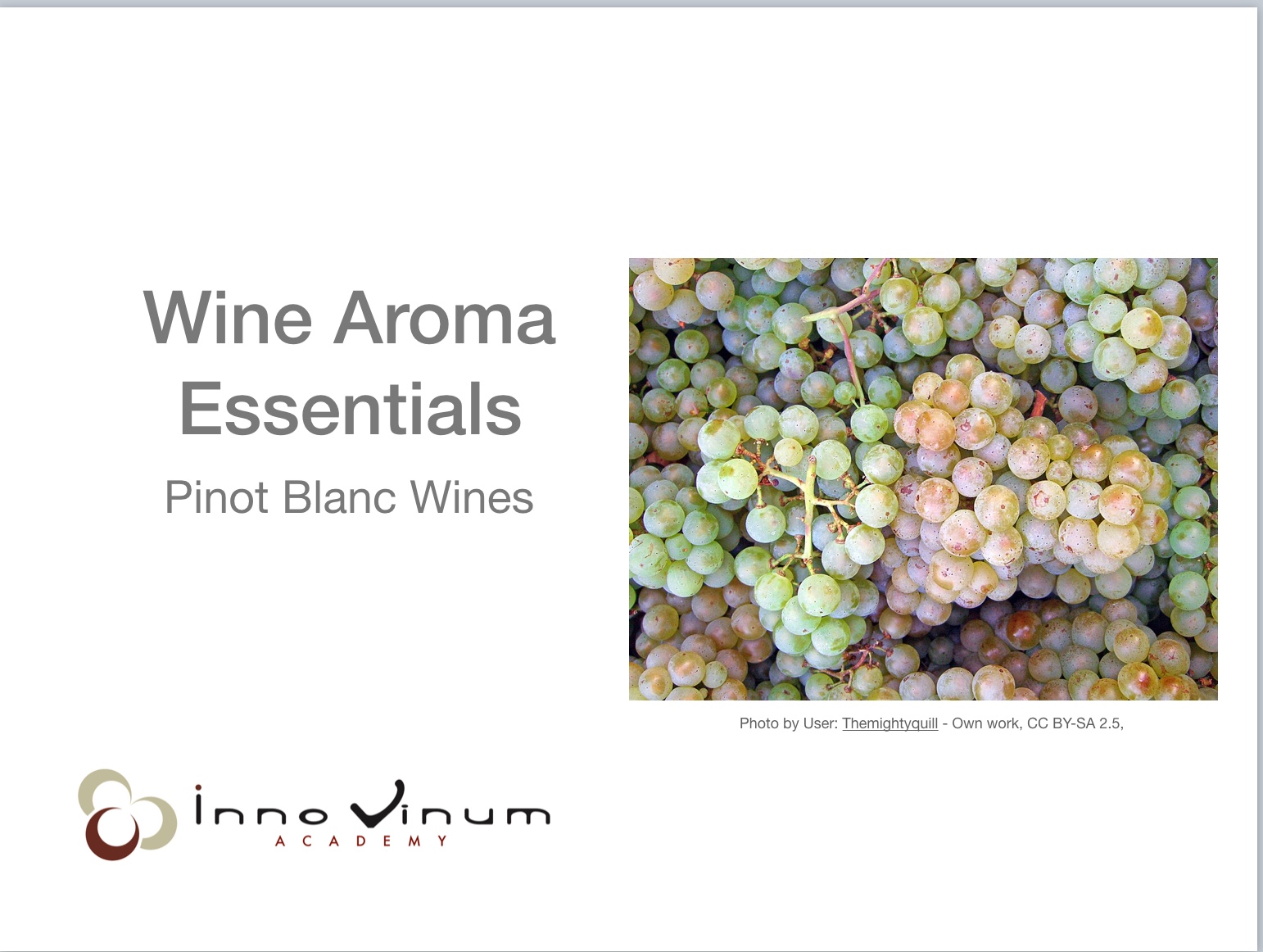Wine Aroma Wheel Blog
You will find here the Wine Tasting Tips published by Isabelle Lesschaeve, Principal at InnoVinum. Discover how to become a better taster!
Follow the links to read the full articles, share what you like on your preferred social platforms, or start a conversation. We'd love to hear from you.
Enjoy and share your thoughts!
------------------------------------------------------------------------------------------
Jun 05, 2021
Being a supertaster is no joke
I was checking my emails this week, reading newsletters headlines when I stopped and rolled my eyes at this title.
"Your ability to taste wine could be directly related to your ability to withstand the coronavirus."
What was it about? Another "wine and health" myth?
May 01, 2021
The four factors that can turn you on or off a wine style
I was the guest at a virtual wine tasting last Wednesday night. My role was to act as the "wine tasting expert" to help the people attending the event with any questions.
We tasted three wines, one of them being a sauvignon blanc from Mendocino County, California.
Shannon raised her hand at some point and said: I've never liked white wine. I don't know why. Is it a brainy thing or what?
Oh, Shannon, I was so happy to take on that question.
Continue reading "The four factors that can turn you on or off a wine style"
Apr 17, 2021
3 wine tasting note templates and how to select one that works for you
Wine is bottled poetry, wrote Robert Louis Stevenson.
Is it why so many wine tasting notes are pieces of literature rather than accurate descriptions?
Are you like me? But most of the time, I cannot comprehend what the writer has tasted or smelled? Isn't it the goal of a wine tasting note?
In this article, you will learn:
1-the purpose of wine tasting notes,
2-the 3 different formats they can take, and
3-how to choose a template that works for you.
Continue reading "3 wine tasting note templates and how to select one that works for you"
Apr 03, 2021
How to disentangle wine aromatic components from the rest with this simple technique
 When tasting wine, your sense of smell is paramount to your overall experience.
When tasting wine, your sense of smell is paramount to your overall experience.
But how do you differentiate the various wine components?
Mar 27, 2021
Visiting winery tasting rooms now could surprisingly be a good time
Last Friday, I was leading a virtual wine tasting with students currently enrolled in my course, the PATH to Aroma Description Proficiency.
One of them had been touring winery tasting rooms in Sonoma Valley for a few days. I was surprised and admitted that I didn't realize that the wineries had reopened.
She described briefly the restrictions imposed on guests and hosts. Winery tasting rooms are set outdoors; every guest must comply with the health and safety guidelines implemented at the winery.
But are these measures inconvenient?
I would argue that they are beneficial to your experience. Restrictions imposed on winery tours could surprisingly boost your tasting experience.
Continue reading "Visiting winery tasting rooms now could surprisingly be a good time"
Mar 20, 2021
What does green wine taste like?
 Green wine taste appears to be a fuzzy concept, especially in red wines.
Green wine taste appears to be a fuzzy concept, especially in red wines.
Although a few vegetal/herbaceous aromas are from the grape varieties, most wine professionals consider green notes in red wines as faults.
Is it just a question of "green" aromatic intensity?
In this week's article, I reviewed a study led by a French-Spanish team who attempted to clarify this concept of a green wine taste in red wine.
You will find out that:
1- The aroma component is essential to describe what green wines taste like, but not by itself. It's not just a question of aromatic intensity.
2- Tastes and mouthfeel are also important indicators of green wine characters.
Mar 20, 2021
What does green wine taste like?
 Green wine taste appears to be a fuzzy concept, especially in red wines.
Green wine taste appears to be a fuzzy concept, especially in red wines.
Although a few vegetal/herbaceous aromas are from the grape varieties, most wine professionals consider green notes in red wines as faults.
Is it just a question of "green" aromatic intensity?
In this week's article, I reviewed a study led by a French-Spanish team who attempted to clarify this concept of a green wine taste in red wine.
You will find out that:
1- The aroma component is essential to describe what green wines taste like, but not by itself. It's not just a question of aromatic intensity.
2- Tastes and mouthfeel are also important indicators of green wine characters.
Mar 06, 2021
How the natural wine movement might challenge the Wine Aroma Wheel lexicon
I have been asked this question several times in the past few months.Will the natural wine movement or any prominent wine industry trends emerging in the past few years alter how the Wine Aroma Wheel is currently seen?
I am not sure my answers satisfied the people challenging me.
So I thought I would then share my perspective with you as a sensory scientist and of course as a proponent of the Wine Aroma Wheel.
I hope we can start a conversation on this topic [see below].
This week's article discusses the natural wine movement, and I will tackle other trends in coming issues.
Continue reading "How the natural wine movement might challenge the Wine Aroma Wheel lexicon"
Feb 27, 2021
Pinot blanc wines reveal their typical aromas
 Wines from Pinot blanc are usually described as lightly flavored and versatile; they can be blended in sparkling wine assemblage or age in oak barrels.
Wines from Pinot blanc are usually described as lightly flavored and versatile; they can be blended in sparkling wine assemblage or age in oak barrels.
That’s why I was curious to learn that Austria was looking at defining the “Aromatypicity” of the Pinot Blanc wines produced on its territories.
Why would they bother? Proving the typicality of Austrian Pinot blanc wines would support the need to protect the Austrian wine style and be a valuable marketing tool to promote the wines against the competition.
Learn more in this week’s article and download a training guide to identify Pinot Blanc's typical aromas.
Continue reading "Pinot blanc wines reveal their typical aromas"
Feb 13, 2021
Umami taste in wine: another fake news?
I have always claimed to my students that it was implausible to perceive umami in wine. Umami, the 5th basic taste, has never been reported in wine; then, a scientific publication released in January 2021 suggested some wine styles had "umami potential."
Umami taste is characteristic of many natural and fermented food products such as tomato, fish/soy sauce, broth, cheese. Why not in wine, which is also a fermented beverage?
Umami taste in wine is the topic of this week's article.